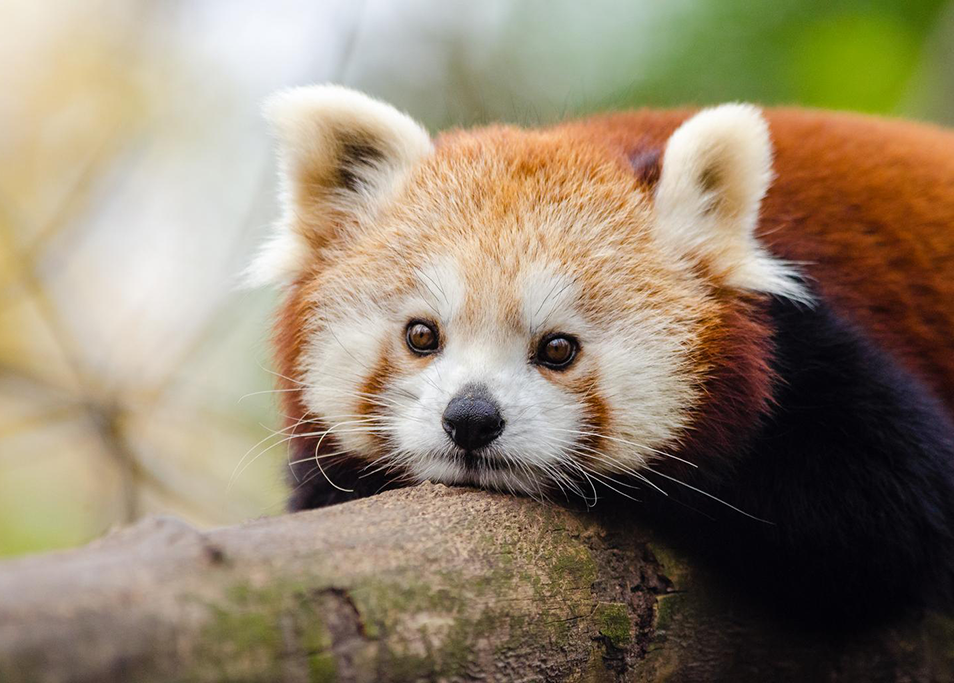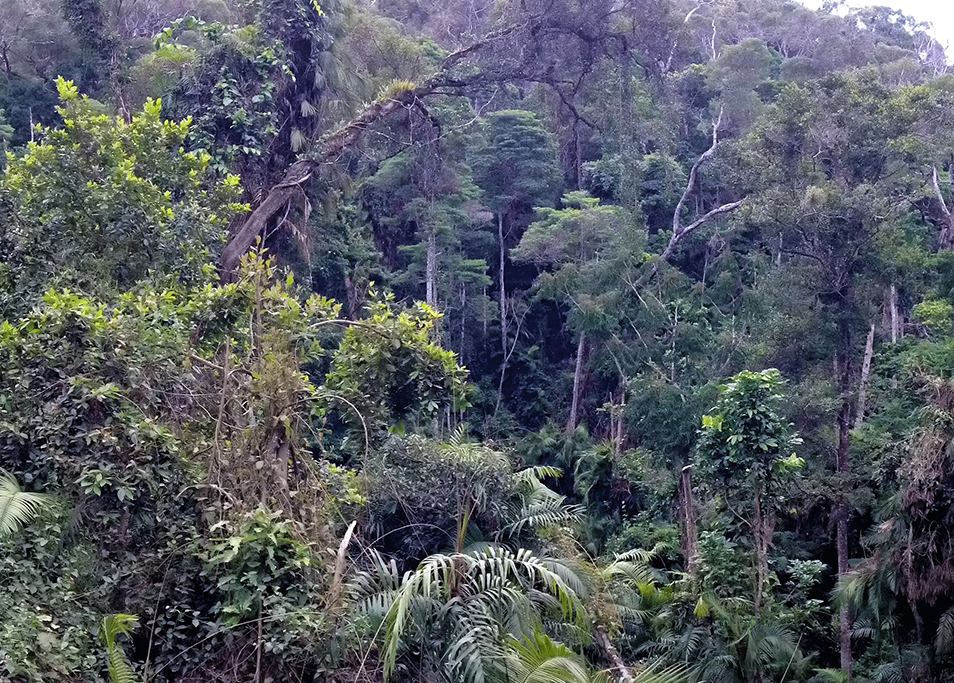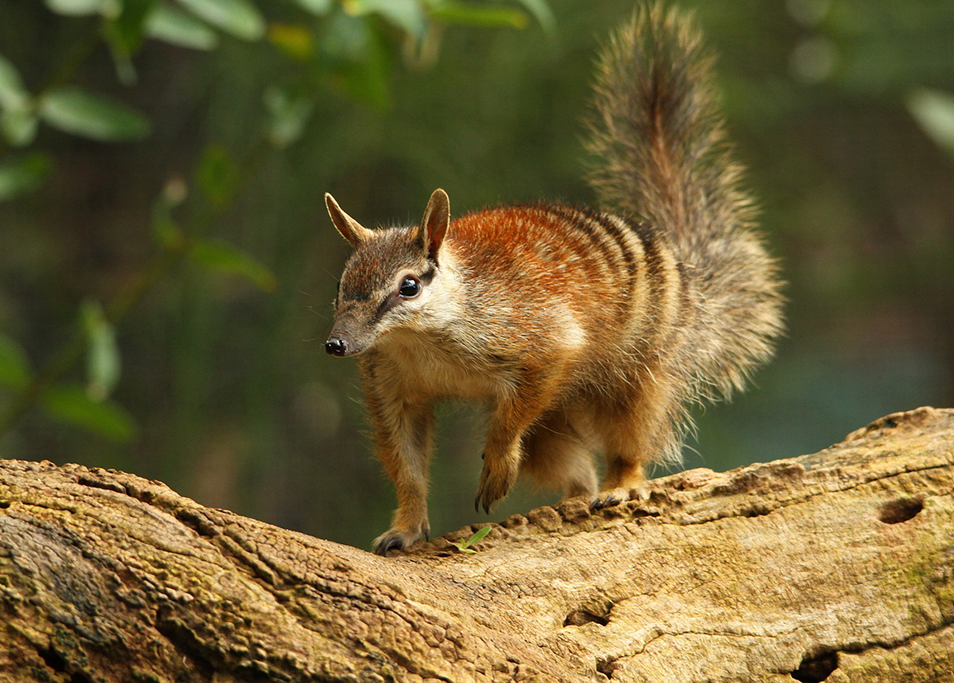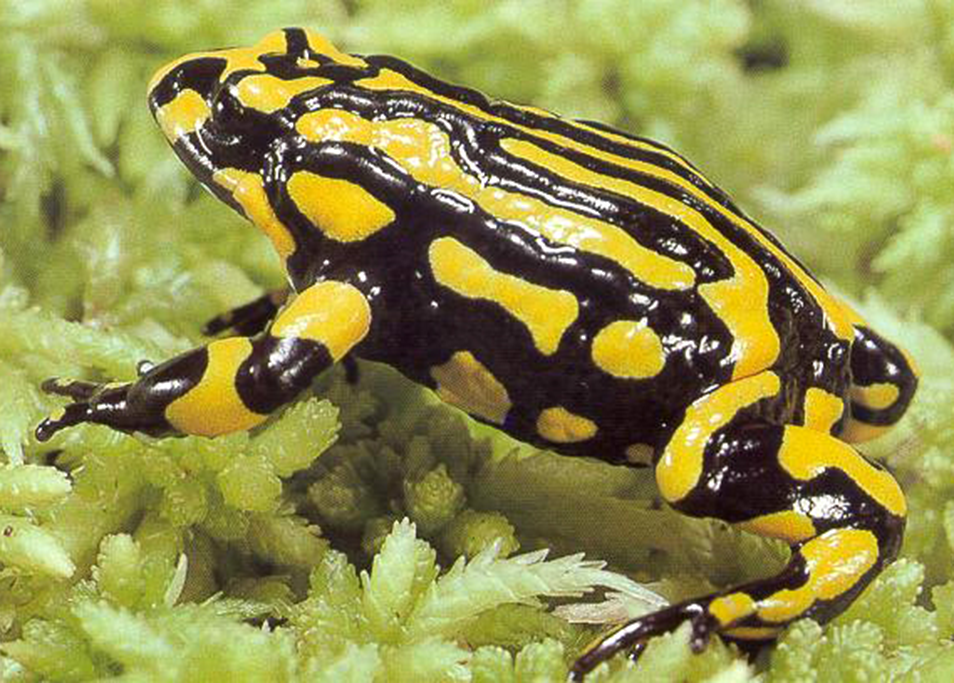
Feeling glum about biodiversity? New research shows there is a way for us to feed the world, and reverse global biodiversity loss, including species like the endangered red panda.
Numbats. Red pandas. Blue whales. Weirdly adorable pygmy hippos.
Rainforests. Alpine tundra. Low-lying islands.
When you hear stories about our animals, plants, and habitats disappearing it’s easy to think “what on earth can I do about it?”.
Most of us can’t establish a new National Park. It takes a team of professionals to start a captive breeding program. And, as a general rule, it’s unwise to keep a Tasmanian devil in your backyard.
But new research shows that we can make a difference in a strangely simple way. It’s all in what we choose to eat.
Feeding the world… and saving our biodiversity
The need to feed a hungry world continues to put pressure on our terrestrial (land-based) plants and animals, and the habitats where they live.
As natural habitats are converted for agriculture and forestry we’re losing precious biodiversity. Areas once rich with native animals, plants, and fungi have been changed completely or severely degraded. Last year a UN report found about one million species are threatened with extinction.
But people still need to feed their families and make a living. And, as the world’s population continues to grow, the demand for food and energy will increase. That’s if we don’t change our ways.
But don’t despair! The future doesn’t have to be bleak. New research shows we can feed the world and bend the curve on biodiversity loss.

The rainforests of Queensland are a biodiversity hotspot. They are threatened by fragmentation, climate change and invasive species (Photo: Mat Gilfedder).
Imagining a brighter future for biodiversity
A team of 58 scientists, led by Dr David Leclère from the International Institute for Applied Systems Analysis (IIASA), investigated how humans can create a better future for people and the planet.
The new study looks at seven ways we can reverse the loss of biodiversity around the world due to habitats being converted.
Our scientists helped create seven different future scenarios. The scenarios ranged from business as usual to the most sweeping changes to land use, food systems, and economic reform.
Another group of our scientists then investigated how biodiversity would fare under each of the seven scenarios. We did this by using our global biodiversity model called BILBI. This model provides fine-scale estimates of changes in terrestrial biodiversity around the globe, expected to occur under different scenarios of land-use change.
Dr Simon Ferrier, a Chief Research Scientist in our Land and Water division, worked on BILBI.
“We used a mix of land-use and biodiversity models to look at how humanity can reverse terrestrial biodiversity declines due to habitat conversion,” he said.

Foxes and cats pose the main threat to numbats, but this is exacerbated by habitat loss and land clearing. (Photo: Needpix)
How are we going to do it?
Continuing our way of living (a ‘business as usual’ approach) spells disaster for the planet’s plants, animals, and habitats. So, what actions do we need to take to reverse the decline of global biodiversity?
“The science shows that we need an ambitious, integrated program of conservation and restoration efforts, along with radical change in our demand for agriculture land,” Simon said.
“You really need both. You can’t just focus on more protected areas and restoring ecosystems, without also thinking about how we’re going to reduce this ultimate pressure on the environment resulting from our demand for food. So we also need to transform our food-provision systems.”
Dr Mario Herrero, a Chief Research Scientist in our Agriculture and Food division, explains that we need to combine, as a planet, a number of actions to reverse biodiversity declines:
- Sustainably increase crop yields
- Increase trade of agricultural goods
- Reduce waste of agricultural goods from field to fork
- Shift our diets to include a lower share of animal calories
- Increase the extent and management of protected areas such as national parks
- Increase restoration of land and landscape-level conservation planning
On top of all this, to truly reverse biodiversity declines, threats such as climate change must be addressed through ambitious mitigation initiatives.
The good news is, if we made these changes, the models show we could avoid more than two-thirds of future biodiversity losses. And by 2050 we could see a reversal of the biodiversity trends from habitat conversion for almost all models.

The Southern Corroboree Frog is listed on the IUCN Red List as Critically Endangered. (Photo: Australian Alps)
A worldwide effort
This study feeds into global biodiversity discussions.
The 10-year Strategic Plan for Biodiversity (adopted in 2010 by parties to the Convention on Biological Diversity) is coming to an end. It’s a framework for action to safeguard biodiversity and the benefits it provides to people. This study’s findings will help inform the next round of Convention on Biological Diversity negotiations.
One of our advanced spatial modellers, Dr Tom Harwood, said it will take a lot of work to stop us losing species.
“Like climate change, some species loss is ‘baked in’, meaning it will continue to happen because of clearing that happened before we were born,” he said.
“But we can still turn this around. It all depends on how much we take species loss to heart, all the while looking after people.”
The Nature paper forms part of the latest World Wide Fund for Nature Living Planet Report.


16th September 2020 at 3:37 pm
While I applaud the effort, this approach suffers from a total lack of imagination and is (unfortunately) fatally flawed.
It amounts to essentially doing the same thing we’re doing now in our approach to land use, only more “efficiently”.
The current (dominant) industrial paradigm is (as this article begins by pointing out) incredibly destructive – to climate, biodiversity, freshwater, soil and so on.
The only way to reverse ALL of that is to adopt a more sophisticated, ecologically-literate approach where we completely avoid the use of fossil fuel inputs, herbicides, pesticides, fungicides and manage the productive capacity of photosynthesis at the landscape scale through a variety of approaches, now grouped under the banner “regenerative agriculture”.
This allows for the integration of plant and animal agriculture, horticulture, forestry etc on the same piece of land – mimicking natural ecosystem processes, restoring hydrological function, preventing erosion of topsoil, and (by closing loops) builds biological fertility over time instead of degrading it.
This has been demonstrated at a variety of scales around the world over the last 30-40 years and is the only game in town that doesn’t have a built-in ‘end-date’. Without a permanent agriculture we cannot have a permanent civilisation.
This short term ‘more of the same, just less bad’ approach above needs to get up to speed with the latest innovation in this space.
You can find out more by researching “regenerative agriculture” / ‘regenerative agroforestry” etc. This works in all climates because it is driven by local context -it is not a proscribes set of practices but a suite of tools governed by principles – allowing flexibility to tailor to each landscape. It has regularly achieved great outcomes in the developing world (where it often called ‘agroecology’) and leading proponents in the US include: Will Harris (White Oak Pastures), Mark Shepard (New Forest Farm), Joel Salatin (Polyface Farms), Gabe Brown (Browns Ranch) etc etc..
Australian pioneers g back decades as well, including Colin Seis, Charles Massey, Peter Andrews, David Marsh, Charlie Arnott etc.
You can contact me for more information if you wish.
15th September 2020 at 4:54 am
yes but if the overall climate is changing it will disrupt the food chain anyway. We have to compromise on our demand for natural, organic, and Clean Label which encourages deforestation, wastes resources and wastes food,
11th September 2020 at 1:44 pm
Contrary to the propaganda, more atmospheric CO2 makes this task easier despite our rising World population. All plasnts grow better so the area we need to devote to human food is relatively less.
In the animal kingdon, more CO2 likewise means more food. Whales, for example, get more food becuase more CO2 grows more phytoplankton which feeds more krill and this feeds more whales. Hence their numbers can rise.
11th September 2020 at 1:27 pm
Petty detail: we were supposed to have dropped calories in the 1970s. But if we must persist, it is really kilo-calories or Calories or very small whatevers.
Further down, I would prefer to read “It was the start of action …”. When will we read that?